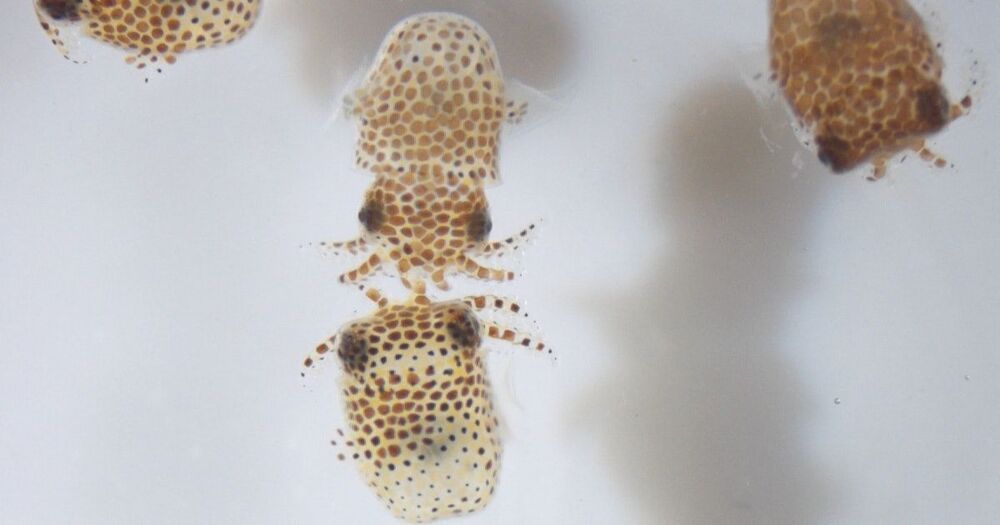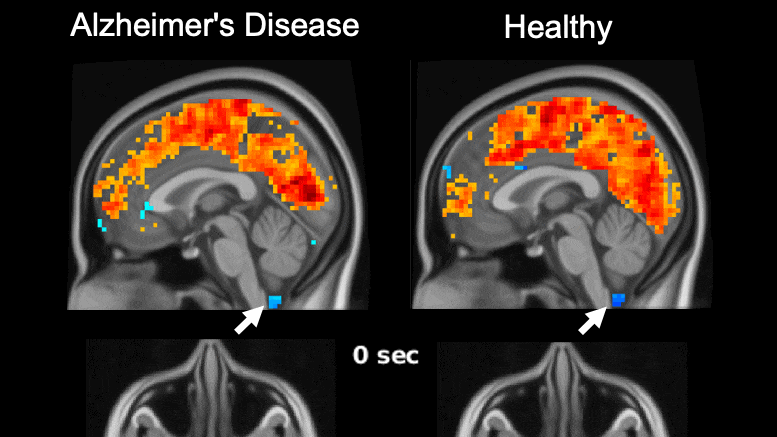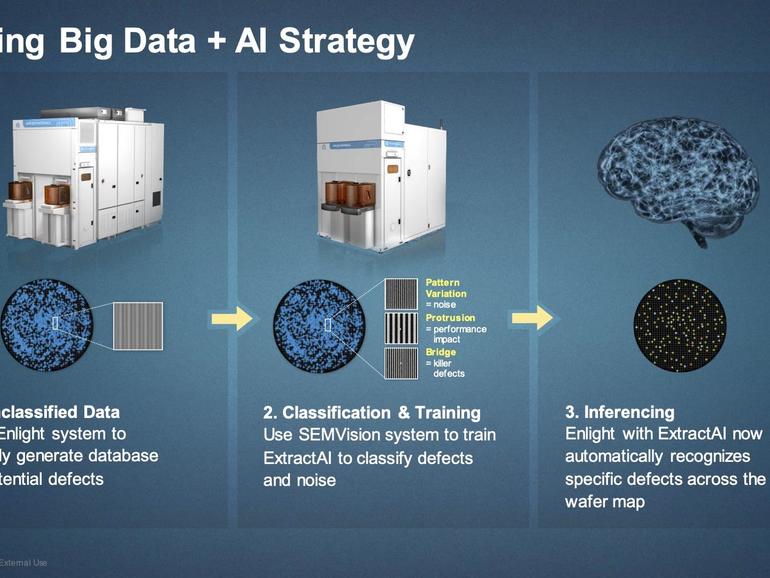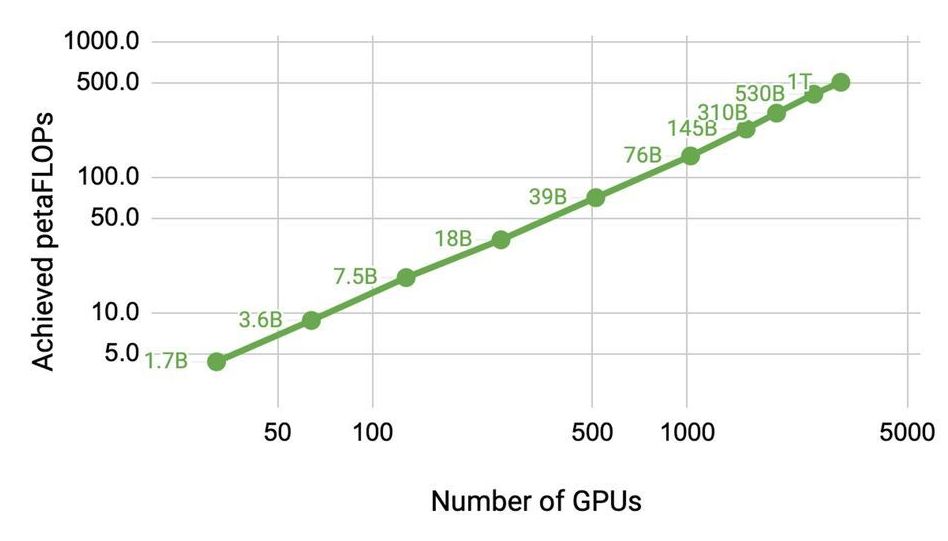
I believe I posted about Nitric Oxide as treatment for covid19 ages ago. Apparently I was right. It also works under the UK variant, thus showing it can work under others as well.
Results of clinical trials conducted in the United Kingdom have shown that a nitric oxide nasal spray (NONS, SaNOtize) is both a safe and effective antiviral treatment to prevent COVID-19 transmission and symptom duration, as well as reduce symptom severity and damage in those already infected, according to the study authors.
“NONS destroys the virus, blocks entry into and halts viral replication within the nasal cavity, which rapidly reduces viral load. This is significant because viral load has been linked to infectivity and poor outcomes,” said Chris Miller, PhD, RT, chief science officer and co-founder of SaNOtize, in a press release. “There is currently a lack of an antiviral therapy that is effective against COVID-19 and its variants, can prevent or shorten the course of the disease, reduce damage, lower the severity of COVID-19, and can be made widely and readily available to the public.”
Continue reading “Clinical Trial Confirms Nasal Spray Efficacy in Treating, Reducing Transmission of COVID-19” »


















